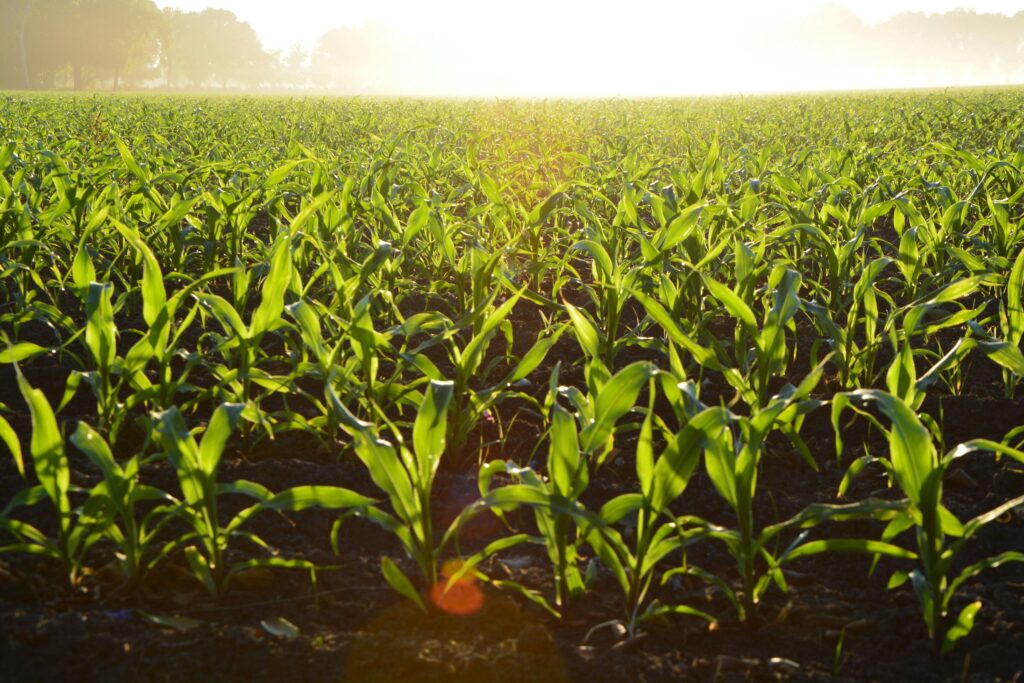AgriTech in Cameroon: How Mobile Apps Are Doubling Crop Yields and Profits
Introduction
Agriculture employs 70% of Cameroon’s rural population but contributes only 20% to GDP (World Bank, 2023). Enter AgriTech—apps like AgriConnect and eNgoa are bridging this gap by empowering farmers with real-time data. This guide explores:
Top AgriTech tools for Cameroonian farmers.
Government and NGO partnerships.
Step-by-step adoption strategies.
1. The AgriTech Revolution in Cameroon
Key Challenges
Low Tech Adoption: Only 15% of farmers use digital tools (MINADER, 2023).
Internet Access: Rural areas like the Northwest Region have 10% mobile broadband penetration (GSMA).
Solutions
USSD Technology: Apps like AgriConnect use SMS-based systems for offline access.
Community Hubs: ICT4D Cameroon trains farmers in groups via solar-powered tablets.
2. Top AgriTech Apps for Cameroonian Farmers
1. AgriConnect
Features:
SMS weather alerts (e.g., rainfall forecasts for Bamenda).
Offline price tracking for crops like cocoa and maize.
Impact: 12,000+ users in the Southwest Region increased yields by 60%.
2. FarmDrive
AI-Powered Soil Analysis: Farmers upload soil photos via basic smartphones.
Case Study: A cocoa cooperative in Limbe reduced fertilizer costs by 30%.
3. eNgoa
Direct Marketplace: Connects farmers to buyers in Douala and Yaoundé.
Result: Eliminated middlemen, raising farmer profits by 50% (Afrik21).
3. Government and NGO Initiatives
AgriTech Innovation Fund: XAF 50M (~$80K) grants for startups (MINADER).
FAO Partnerships: Training programs in IoT sensor usage for soil health.
Step-by-Step Adoption Guide
Assess Needs: Determine if you need weather data, market access, or soil analysis.
Choose a Tool: Match tools to your region’s connectivity (e.g., USSD for offline areas).
Train via NGOs: Join free workshops by ICT4D Cameroon or SNV Netherlands.
4. Challenges and Workarounds
Digital Literacy: 60% of farmers over 50 struggle with apps.
Solution: Voice-based tutorials in local languages (Bamileke, Fulfulde).
Cost: Smartphones cost 3–6 months’ income for smallholders.
Solution: Rent devices via AgriTech Rental Hubs (XAF 5,000/month).
5. Success Stories
Case Study: Oku Honey Cooperative
Problem: Middlemen exploited honey farmers, paying XAF 1,500/kg vs. market XAF 3,000.
Solution: Used eNgoa to sell directly to Yaoundé retailers.
Result: Income doubled to XAF 6M/year for 200+ farmers.
Conclusion & Next Steps
Start Small: Pilot one app (e.g., AgriConnect for weather alerts).
Leverage Grants: Apply for MINADER funding.
Collaborate: Partner with NGOs for training.



